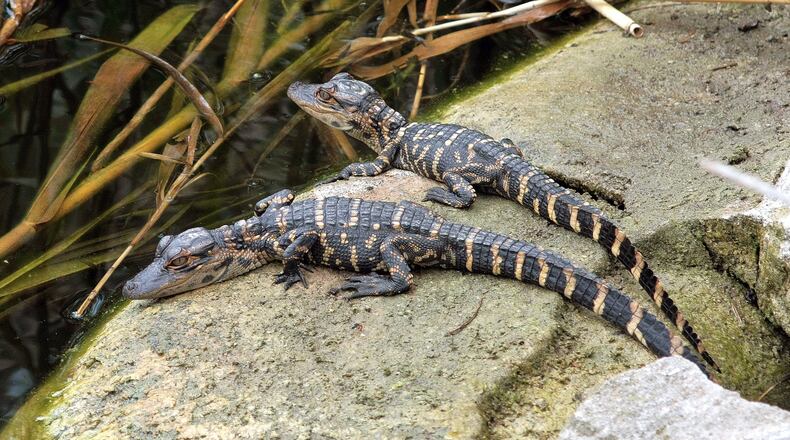Now we have August, the last fling of summer, the month of great ripening and transition. Even though it’s still hot as blazes, August brings hope of cooler days and more pleasant nights.
As the late nature writer Hal Borland wrote: “August ... brings katydids, elderberries, blackberry pie, and goldenrod ... August is just another thirty-one days of concentrated summer, but it certainly gets one in condition to appreciate fall when it comes.”
For Georgia’s diverse wildlife, it’s a time of change. Shorter days and shifting light levels now trigger a wide range of activities in the natural world, including early migration. Several of Georgia’s migratory birds — orchard orioles, American redstarts, blue-gray gnatcatchers and others — already are heading south to Latin America for the winter.
Ruby-throated hummingbirds are regularly appearing at feeders now to quickly fatten up and gain energy for their arduous fall migration to Mexico and Central America.
On Georgia’s barrier island beaches, the sea turtle nesting season is nearly over; newly hatched babies are crawling into the ocean and will continue to do so through October. So far this season, volunteers have tallied some 3,944 nests — nearly all loggerhead sea turtles — on Georgia beaches.
In South Georgia wetlands, baby alligators are hatching and can be heard “clucking” to their mothers. Gopher tortoises are hatching in sandy uplands. Across the state, snakes are at their highest numbers now through September, with babies of most of the state’s 46 snake species hatching out or being born live.
White-tailed deer bucks are shedding velvet from new antlers in preparation for their breeding season, which begins in October. Gray squirrels are raising their second litters of the year. Black bear mating season is nearly over; by late August, bears will be searching for and eating high amounts of foods to get them through winter.
IN THE SKY: From David Dundee, Tellus Science Museum astronomer: The year’s best meteor shower, the Perseid, will peak at about 50 meteors per hour starting Thursday through next weekend in the northeastern sky. It will have to compete, however, with a full moon on Thursday. Mercury is very low in the west just after sunset. Rising in the east are Mars just after midnight; Jupiter, a few hours after sunset; and Saturn, at sunset.
Charles Seabrook can be reached at charles.seabrook@yahoo.com.
About the Author
Keep Reading
The Latest
Featured


